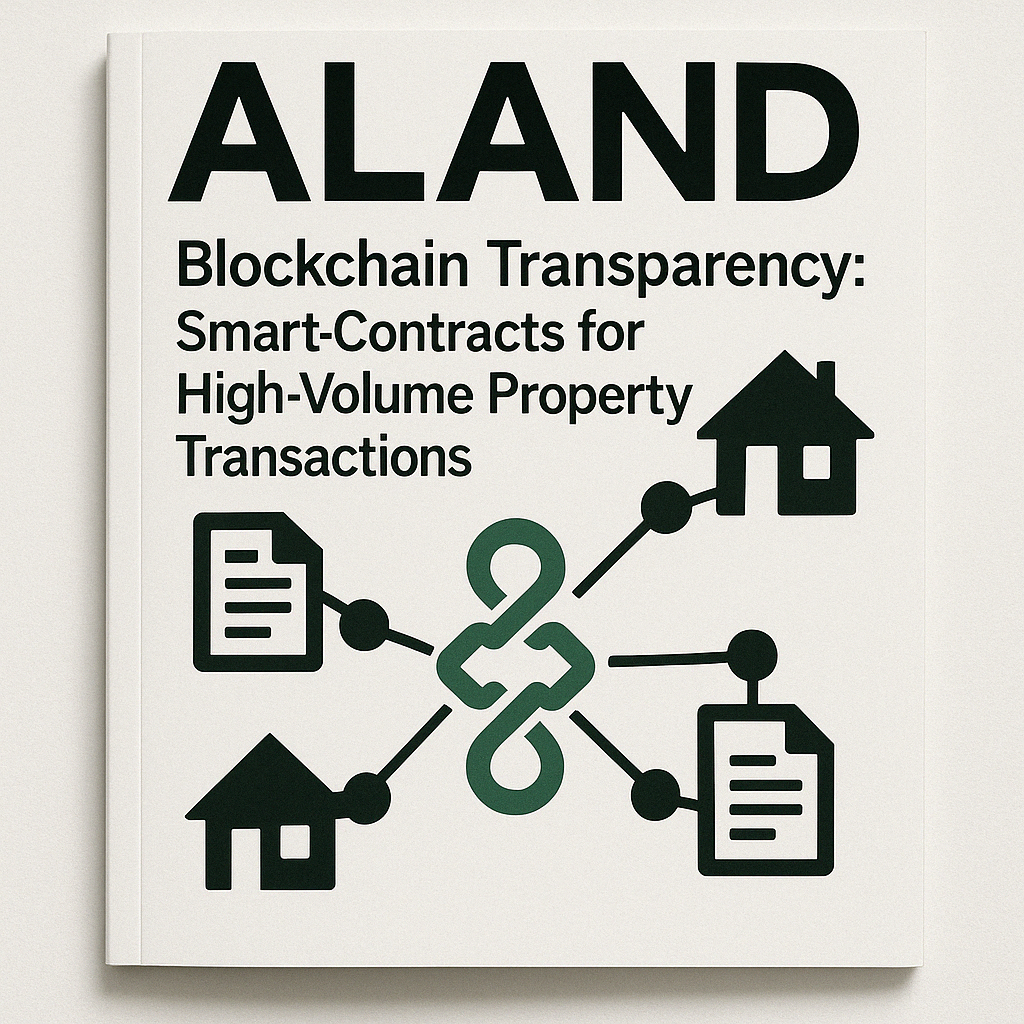Blockchain Transparency: Smart Contracts for High-Volume Property Transactions
- Published Date: 22 Apr, 2025
-
5★ ★ ★ ★ ★(165)

Embedding Smart Contracts Throughout the Transaction Lifecycle
Economic Rationale for Blockchain Transparency
Real‑World Scenarios & Market Trends
Practical Takeaways for Corporations
-
Map Core Conditions: Identify all contractual triggers—escrow release, inspection sign‑off, regulatory approvals—and encode them into smart contracts via ALand Platform’s template library.
-
Integrate with Legacy Systems: Use ALand’s API connectors to sync on‑chain events with ERP and title registries, maintaining a single source of truth across teams.
-
Leverage Tokenization: Explore EE Gold’s token issuance tools to fractionalize property interests, enhancing liquidity and broadening your investor base.
-
Monitor KPIs: Track metrics such as settlement time, dispute incidence, and cost per transaction. Aim for a 30% reduction in manual interventions within six months.
-
Iterate with Feedback: Use The ALand Times’ survey insights to refine contract parameters and user interfaces, driving adoption among institutional clients.
Explore ALand’s Blog, the ALand Platform, EE Gold, and The ALand Times for continued learning and opportunities. Forward momentum thrives when transparency and technology converge.

